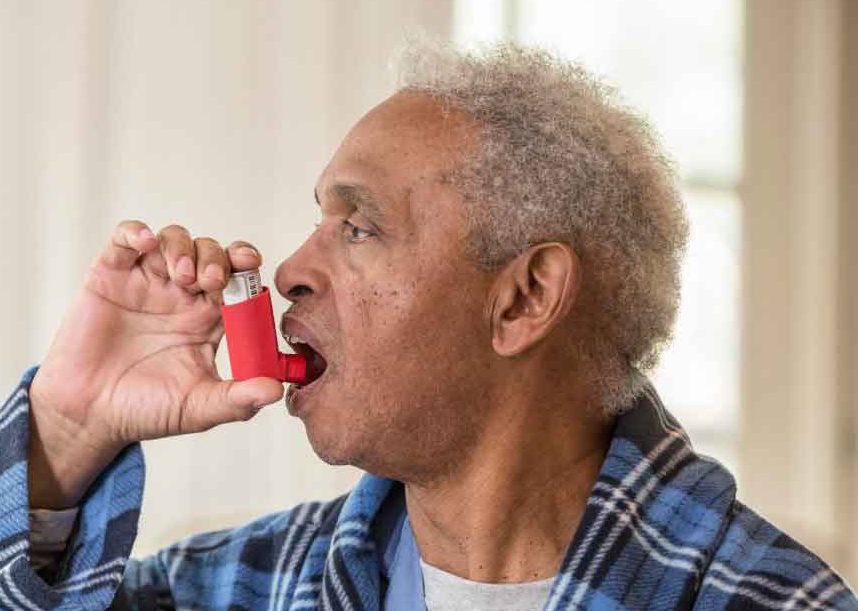Summer Makes COPD Symptoms Worse

COPD is the third highest cause of death in the U.S. Higher indoor air temperatures, combined with indoor air pollution, during summer makes symptoms worse.
Studies have found that elderly people with COPD (chronic obstructive pulmonary disease) have trouble with symptoms when the summer season hits and temperatures soar outside.
Researchers have also found that higher temperatures inside the home, coupled with poorer air quality, are equally distressing to COPD patients.
YOU MIGHT ALSO LIKE: COPD Symptoms
"Previous studies have found that the elderly are particularly vulnerable to the effect of heat and more likely to die or be hospitalized during heat waves," said lead author Meredith McCormack, MD, an associate professor of medicine at Johns Hopkins University School of Medicine in Baltimore.
McCormack said the researchers believe the study is the first to find a link between indoor temperatures, indoor air pollution, and COPD symptoms.
"Given that participants spent an overwhelming majority of their time indoors, which we believe is representative of patients with COPD generally, optimizing indoor climate and reducing indoor pollution represents a potential avenue for improving health outcomes," McCormack said.
Symptoms of COPD include shortness of breath, coughing, and wheezing. It’s the sixth leading cause of death in the U.S.
Study participants were assessed during the hottest days of the summer, when the mean outdoor temperature was 85 degrees Fahrenheit. The mean indoor temperature was 80 degrees.
Although many of the participants had air conditioning, it wasn’t on during 37 percent of the study days.
The impact of the higher indoor temperature was felt immediately and lasted for one to two days, the study authors said. The relatively short time the participants spent outdoors also predictably led to an increase in symptoms.
Barry Make, MD, a pulmonologist with National Jewish Health in Denver, said that patients he sees with COPD frequently complain about feeling worse when it’s hot.
“So this extended that observation from outdoors to indoors,” he said. It also contributed more documentation overall that respiratory symptoms are worse when it’s hotter.
Make advises that you should monitor temperature conditions closely and use air conditioning if you have COPD. People who don’t have air conditioning should go to a cooling center specifically set up for hot weather or to another cool place like a mall, he said.
The researchers noted that indoor air pollution mirrors what’s occurring outside and becomes worse as well, adding to the COPD symptoms.
In addition to looking at respiratory problems, the researchers measured two air pollutants in the participants’ homes — fine particulate matter (PM2.5) and nitrogen dioxide (NO2).
High levels of particulate matter and NO2 made the impact of higher indoor temperatures worse. A 10-degree increase in temperature in a home at the 75th percentile of particulate levels caused severe symptoms, compared to only a mild increase in symptoms when the home was at the 25th percentile of particulate matter.
“Your body is always working to maintain a normal body temperature,” according to the Canadian Lung Association. “When you are exposed to extreme weather conditions, such as extreme heat and humidity, your body must use extra energy to try and cool down. This extra energy causes your body to work harder.”
If you have COPD, you are already using much of your energy just to breathe. When you are in extreme heat, your body uses more energy, working hard to keep your normal body temperature. If it gets too hot, that can affect a person’s breathing.
McCormack said all the testing was done in Baltimore, and that results could be different in various climates across the U.S.
Population studies that have looked at outdoor temperature suggest the impact of heat may vary somewhat by region. “Extremes of heat may have greater adverse impact in climates that are milder compared to those that are generally warmer,” she said.
Updated:
May 24, 2023
Reviewed By:
Janet O’Dell, RN